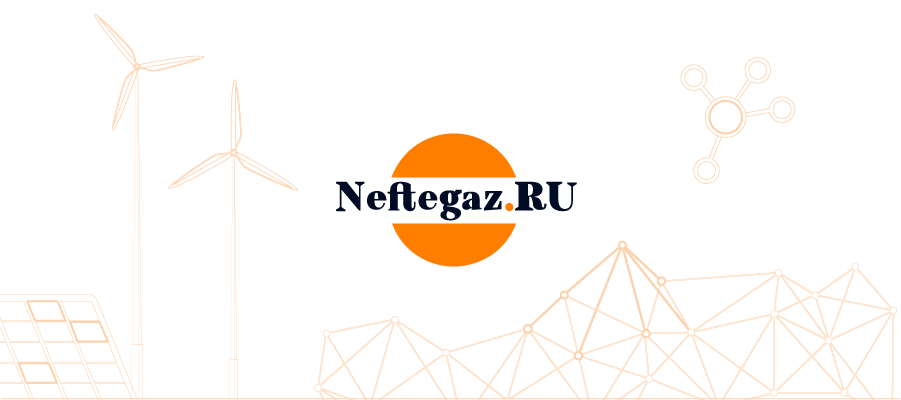Enrichment processes require uranium to be in a gaseous form at relatively low temperature, hence uranium oxide from the mine is converted to uranium hexafluoride in a preliminary process, at a separate conversion plant.
There is significant over-supply of enrichment capacity worldwide, much of which has been used to diminish uranium demand or supplement uranium supply. The ability of enrichment to substitute for uranium (see description of underfeeding below) has become more significant as centrifuge technology has taken over, since this means both lower SWU costs and the need to keep the centrifuges running, so capacity remains on line even as demand drops away.
- Most of the 500 commercial nuclear power reactors operating or under construction in the world today require uranium 'enriched' in the U-235 isotope for their fuel.
- The commercial process employed for this enrichment involves gaseous uranium in centrifuges. An Australian process based on laser excitation is under development.
- Prior to enrichment, uranium oxide must be converted to a fluoride so that it can be processed as a gas, at low temperature.
- From a non-proliferation standpoint, uranium enrichment is a sensitive technology needing to be subject to tight international control.
-
There is a significant surplus of world enrichment capacity.
Although 13 countries have enrichment production capability or near-capability, about 90% of world enrichment capacity is in the 5 nuclear weapons states. These plus Germany, Netherlands and Japan provide toll enrichment services to the commercial market.
Large commercial enrichment plants are in operation in France, Germany, Netherlands, UK, USA, and Russia, with smaller plants elsewhere. New centrifuge plants are being built in France and USA. Several plants are adding capacity. China’s capacity is expanding considerably, in line with domestic requirements. With surplus capacity, Russian plants operate at low tails assays (underfeeding) to produce low-enriched uranium for sale.
Large commercial enrichment plants are in operation in France, Germany, Netherlands, UK, USA, and Russia, with smaller plants elsewhere. New centrifuge plants are being built in France and USA. Several plants are adding capacity. China’s capacity is expanding considerably, in line with domestic requirements. With surplus capacity, Russian plants operate at low tails assays (underfeeding) to produce low-enriched uranium for sale.
World enrichment capacity – operational and planned (thousand SWU/yr)
| Country | Company and plant | 2013 | 2015 | 2020 |
| France | Areva, Georges Besse I & II | 5500 | 7000 | 7500 |
| Germany-Holland-UK | Urenco: Gronau, Germany; Almelo, Holland; Capenhurst, UK. | 14,200 | 14,400 | 14,900 |
| Japan | JNFL, Rokkaasho | 75 | 75 | 75 |
| USA | USEC, Piketon | 0 | 0 | 0 |
| USA | Urenco, New Mexico | 3500 | 4700 | 4700 |
| USA | Areva, Idaho Falls | 0 | 0 | 0 |
| USA | Global Laser Enrichment, Paducah | 0 | 0 | 0 |
| Russia | Tenex: Angarsk, Novouralsk, Zelenogorsk, Seversk | 26,000 | 26,578 | 28,663 |
| China | CNNC, Hanzhun & Lanzhou | 2200 | 5760 | 10,700+ |
| Other | Various: Argentina, Brazil, India, Pakistan, Iran | 75 | 100 | 170 |
| Total SWU/yr approx | 51,550 | 58,600 | 66,700 | |
| Requirements (WNA reference scenario) | 49,154 | 47,285 | 57,456 |


